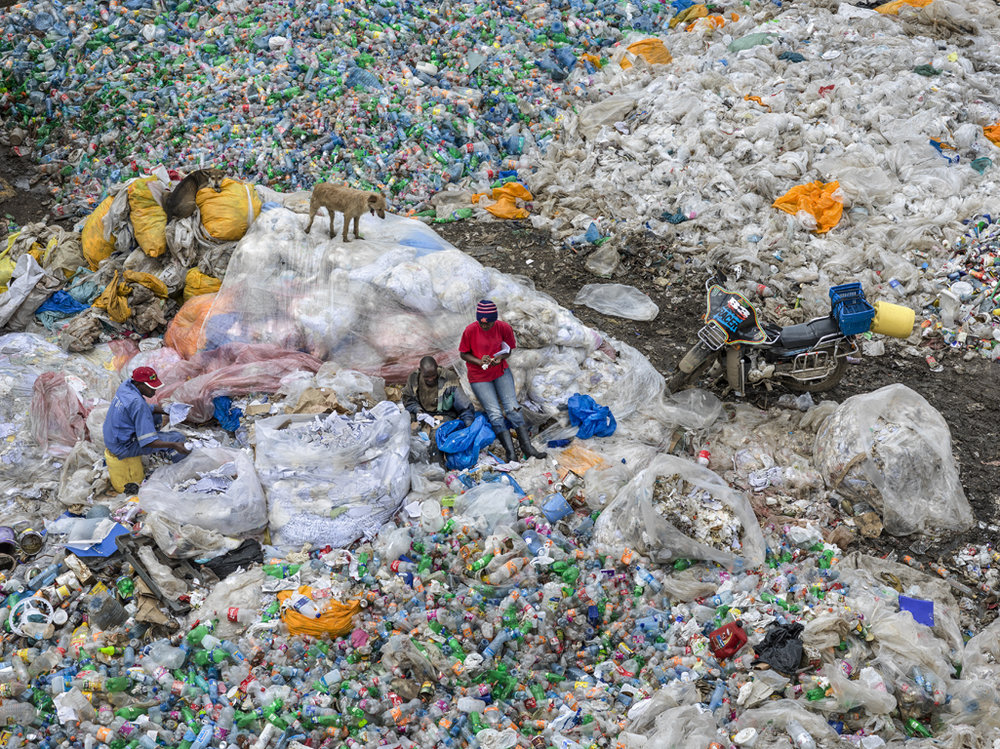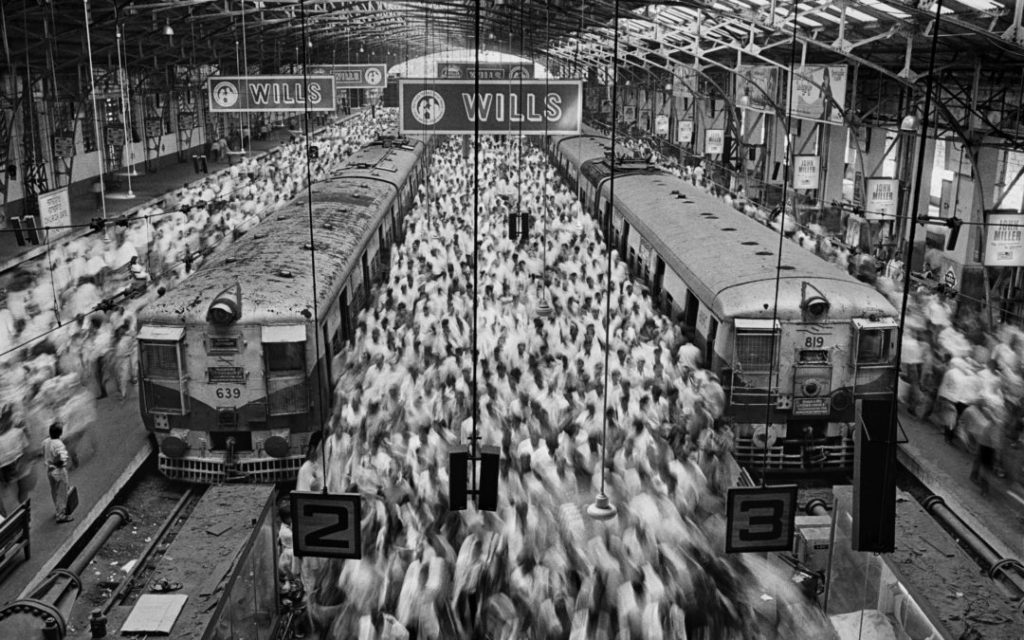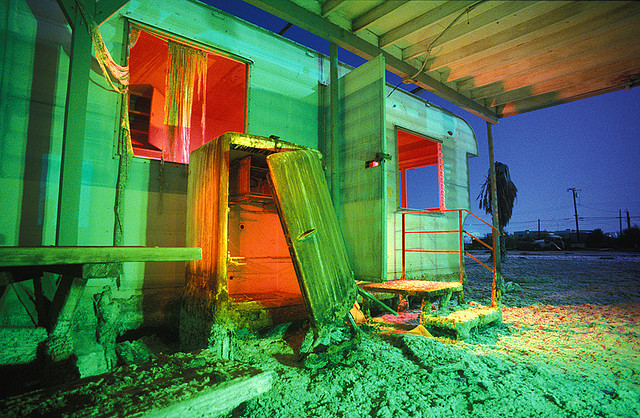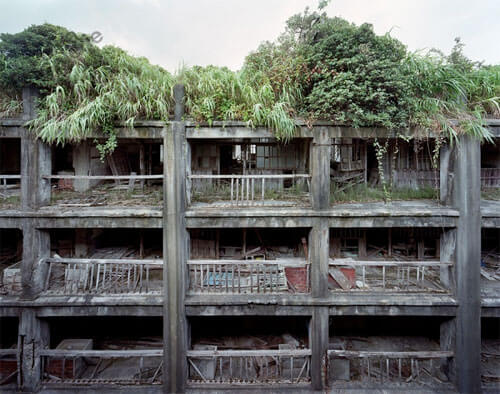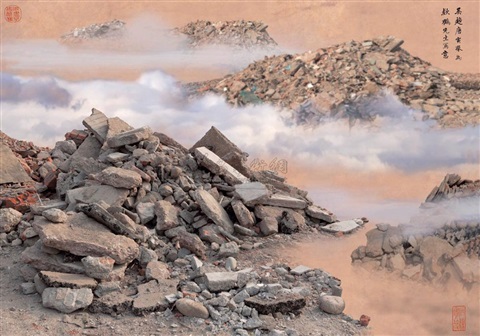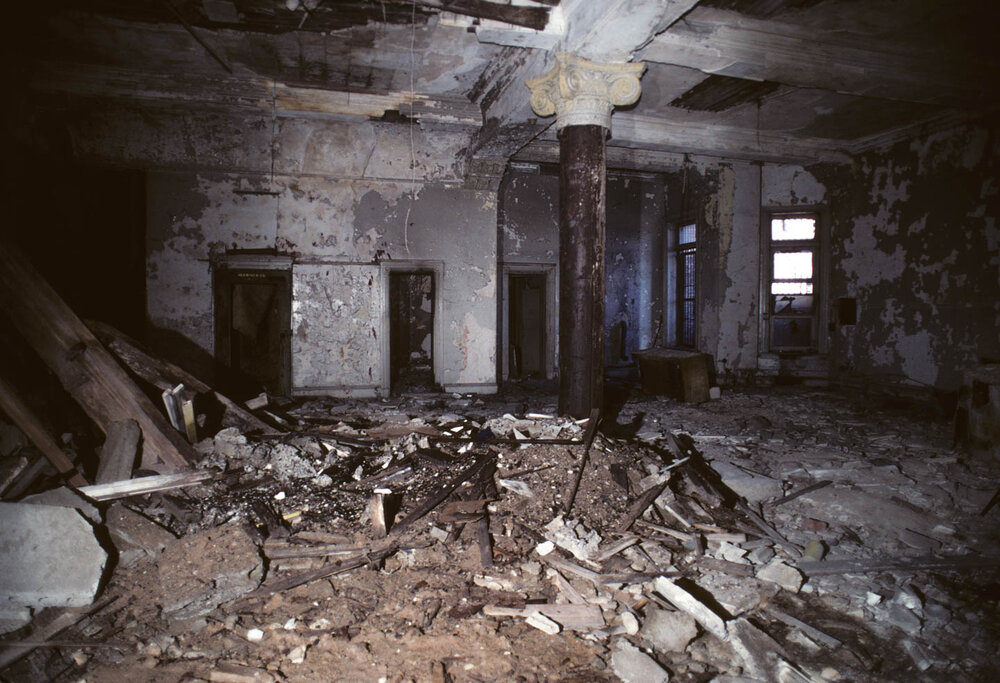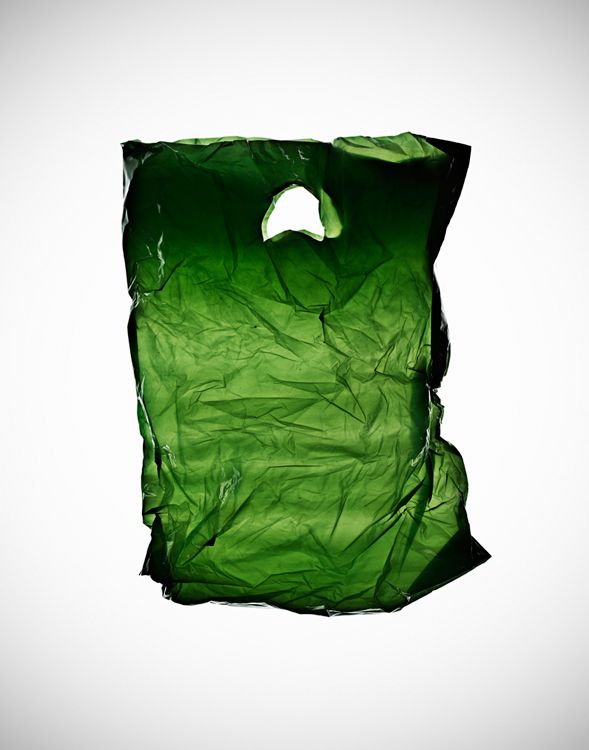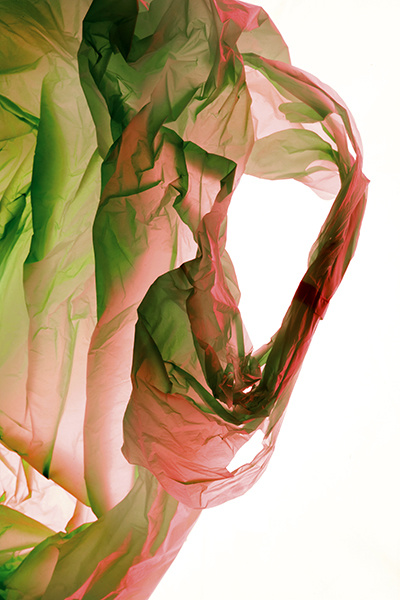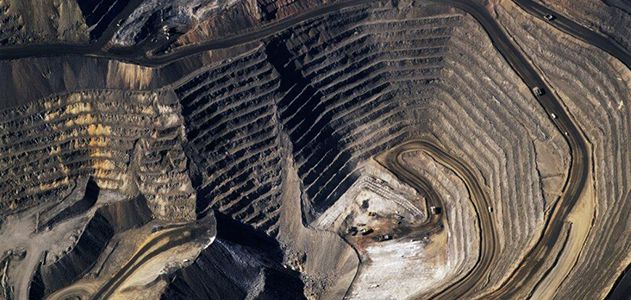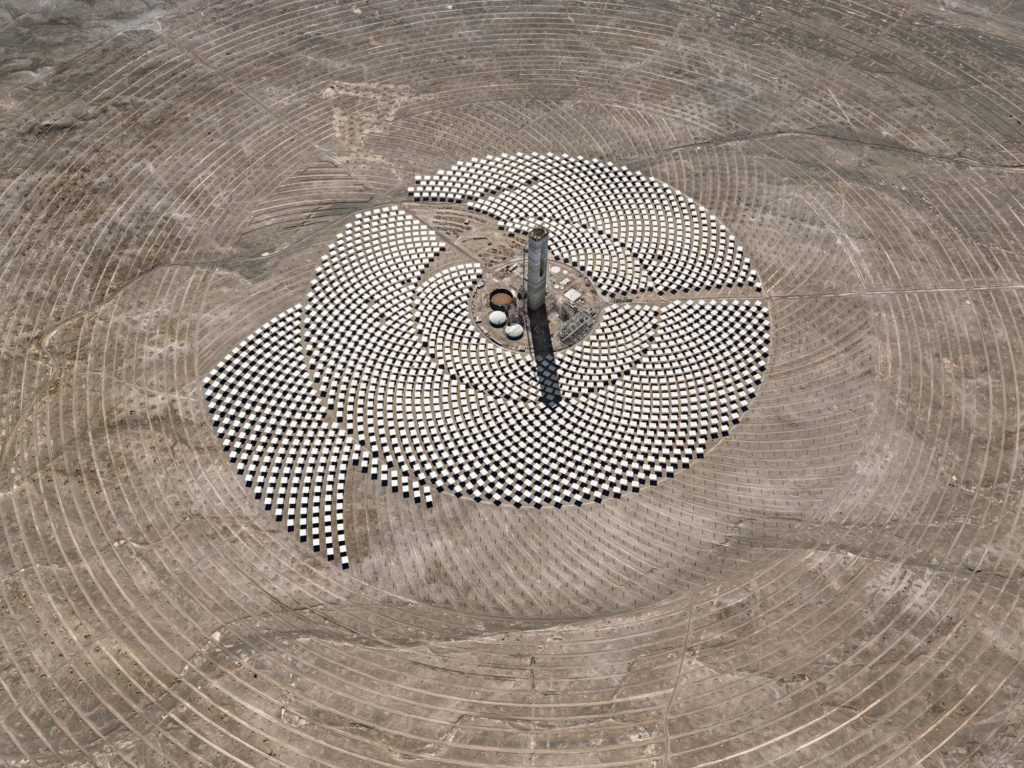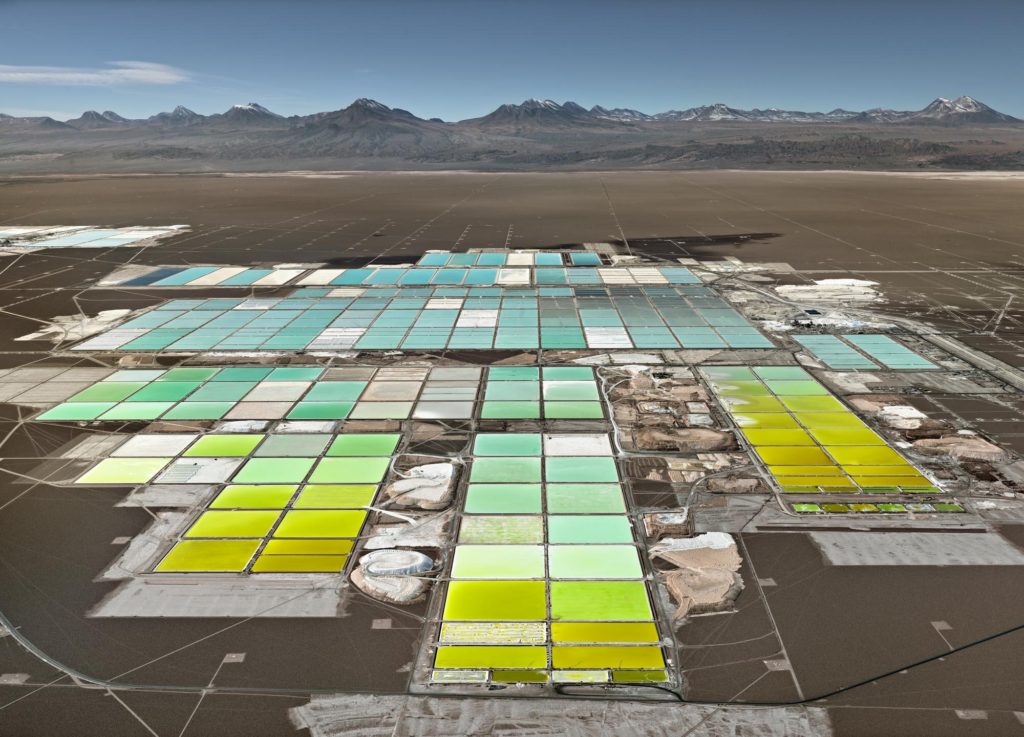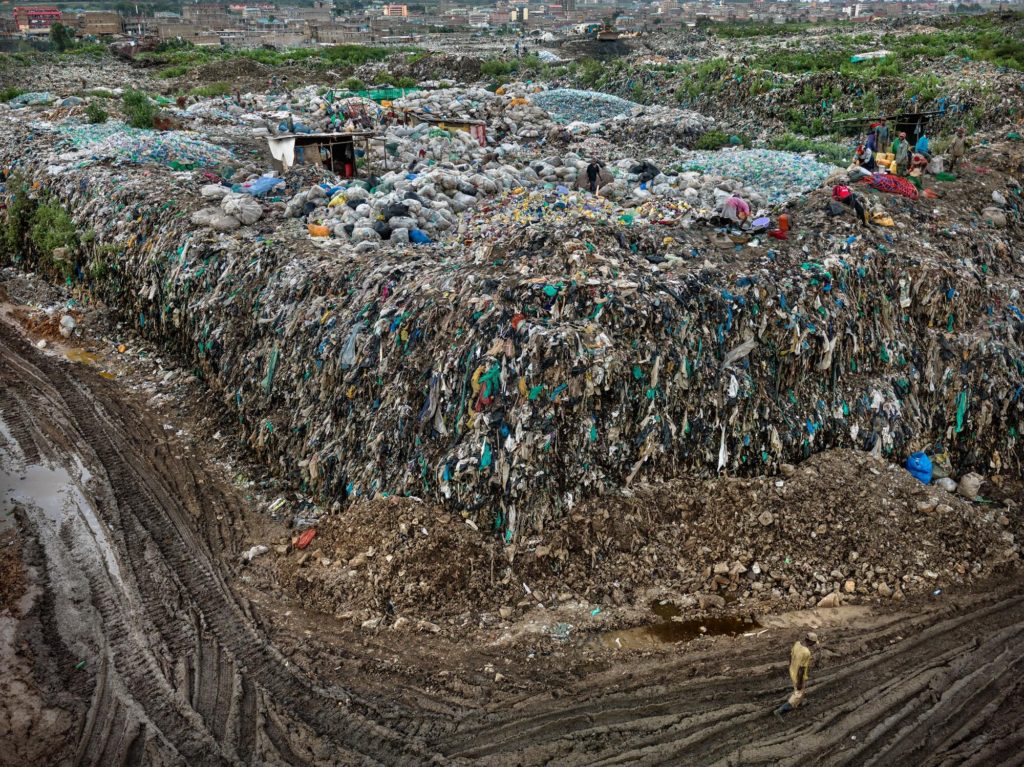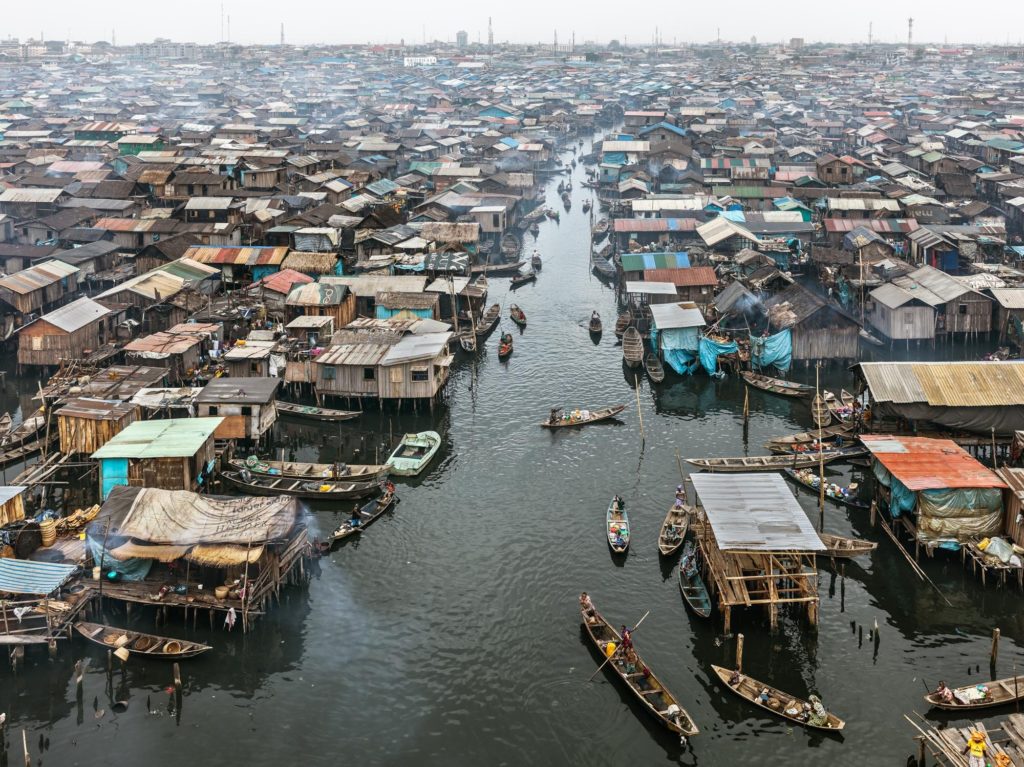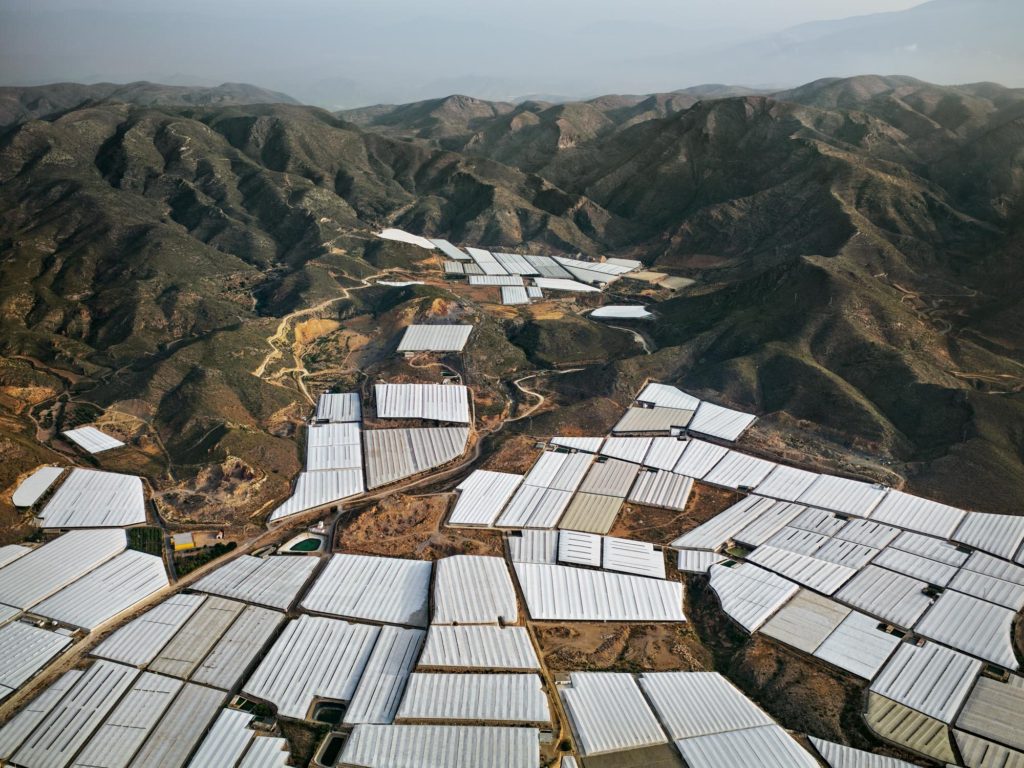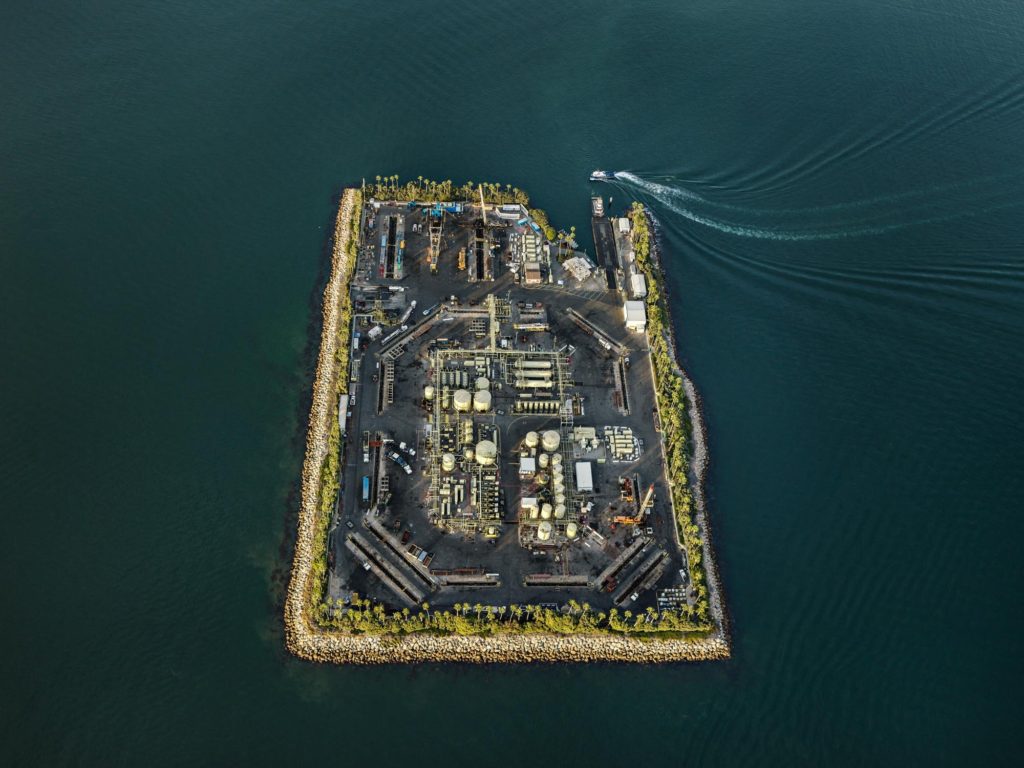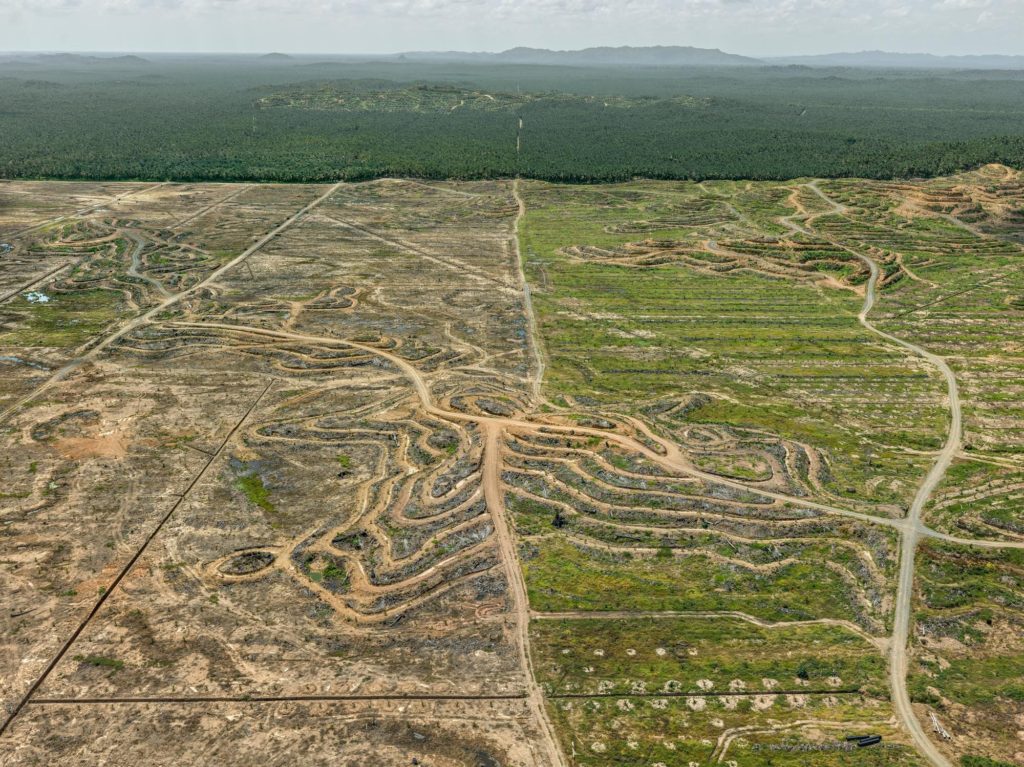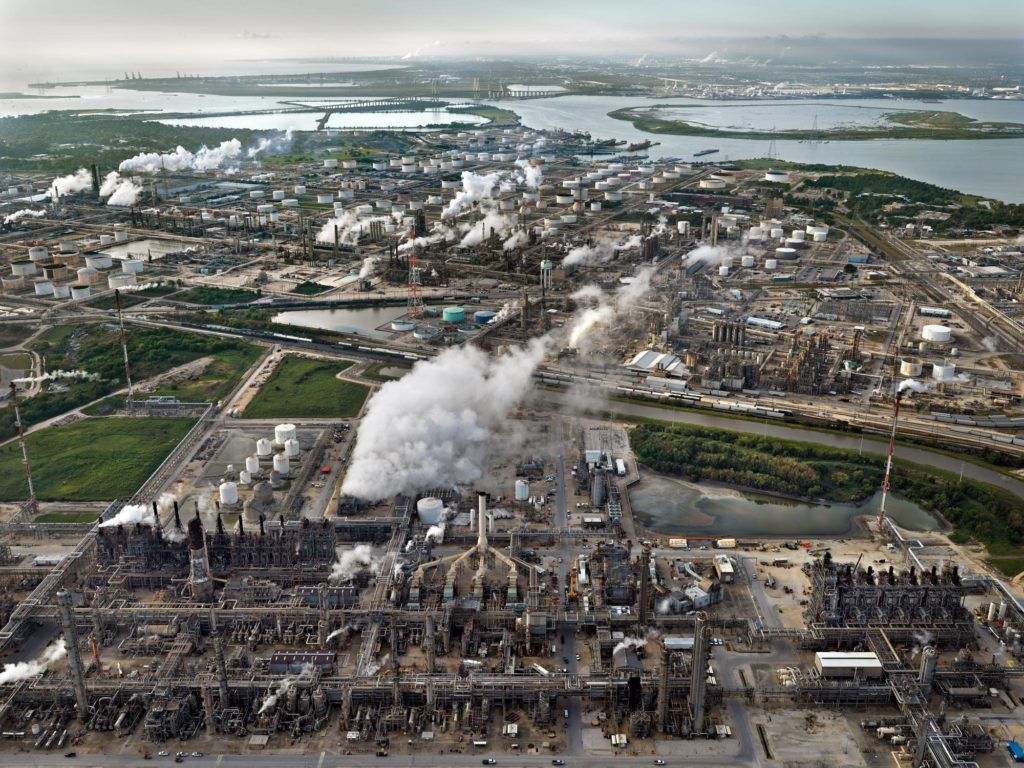Introduction
Earth’s history is divided into a hierarchical series of smaller chunks of time, referred to as the geologic time scale. These divisions, in descending length of time, are called eons, eras, periods, epochs, and ages.
The Anthropocene Epoch is an unofficial unit of geologic time, used to describe the most recent period in Earth’s history when the human activity started to have a significant impact on the planet’s climate and ecosystems. Anthropocene is derived from the Greek words anthropo, for “man,” and cene for “new,” coined and made famous by biologist Eugene Stormer and chemist Paul Crutzen in 2000.

The Anthropocene is a new, present-day epoch, in which scientists say we have significantly altered the Earth through human activity. These changes include global warming, habitat loss, changes in the chemical composition of the atmosphere, oceans and soil, and animal extinctions.
The new Anthropocene Epoch suggests that humans have had such a significant impact on Earth and its inhabitants that we will have a lasting and potentially irreversible influence on its systems, environment, processes, and biodiversity. The Earth is 4.5 billion years old, and modern humans have been around for an estimated 200,000 years. Yet in that time we have fundamentally altered the physical, chemical and biological systems of the planet on which we and all other organisms depend. But not everyone agrees that these changes represent enough evidence to declare a new formal geological epoch, the Anthropocene. Scientists are still researching and debating this.
The Anthropocene Project: Edward Burtynsky
The Anthropocene is a collaboration with Nicholas de Pencier, Edward Burtynsky, and Jennifer Baichwal and is a multidisciplinary body of work combining fine art photography, film, virtual reality, augmented reality, and scientific research to investigate the human influence on the state, dynamic, and future of the Earth. It was originally conceived as a photographic essay and the third in a trilogy of films including Manufactured Landscapes (2006) and Watermark (2013), the project quickly evolved to include film installations, large-scale Burtynsky High-Resolution Murals enhanced by film extensions, 360° VR short films, and augmented reality installations. The trio embraced and developed their innovative techniques and started a journey around the work to capture evidence of human influence on the world. the final collection is pieces that will show viewers the new world of the Anthropocene epoch.
Edward Burtynsky is regarded as one of the world’s most accomplished contemporary photographers. He has photographic depictions of global industrial landscapes which represent over 40 years of his dedication to bearing witness to the impact of humans on the planet. His imagery explores the collective impact we as a species are having on the surface of the planet; an inspection of the human systems we’ve imposed onto natural landscapes. Some of his exhibitions include Anthropocene (2018), Water (2013), Oil (2009), Manufactured Landscapes and Breaking Ground.

Edward Burtynsky 
Jennifer Baichwal 
Nicholas de Pencier



